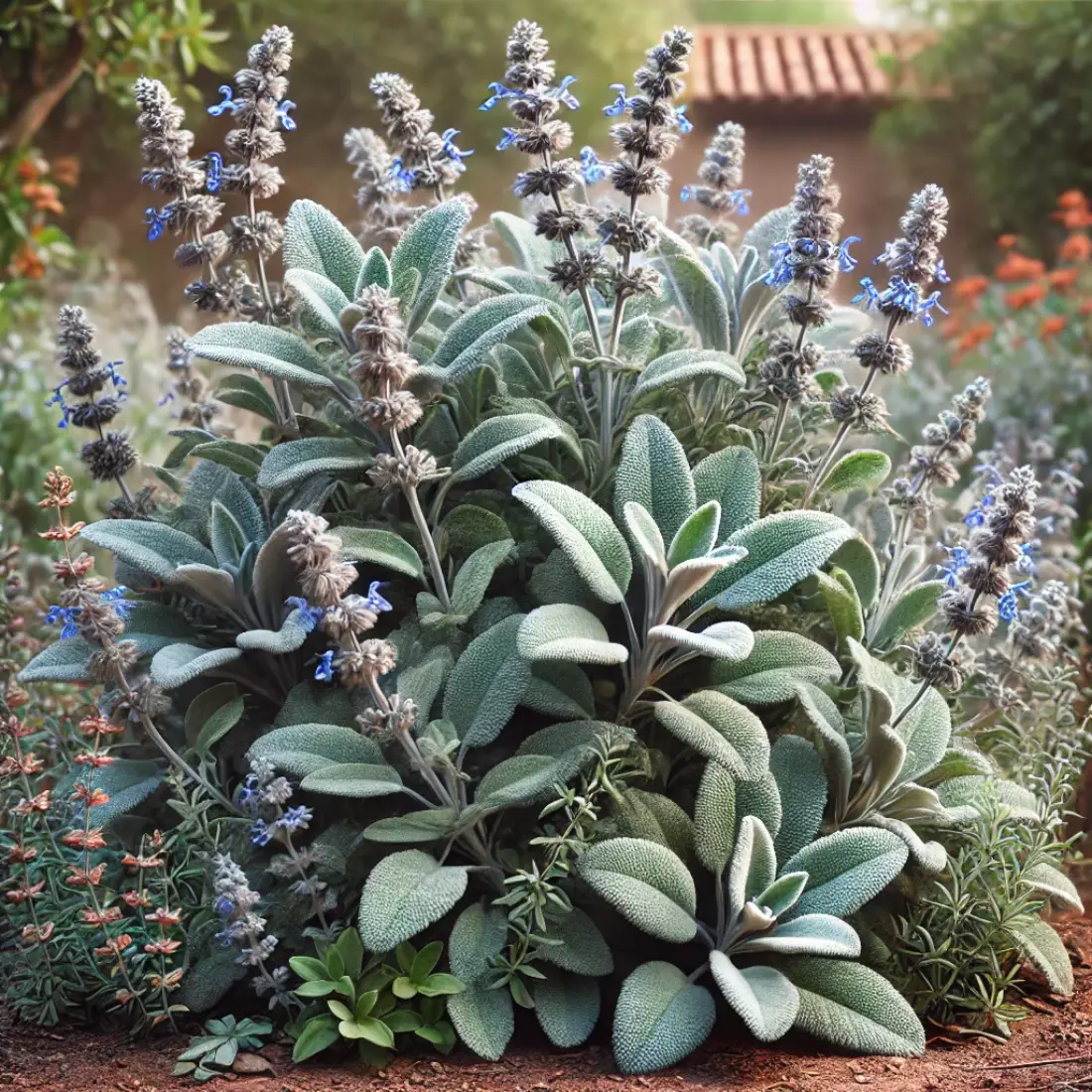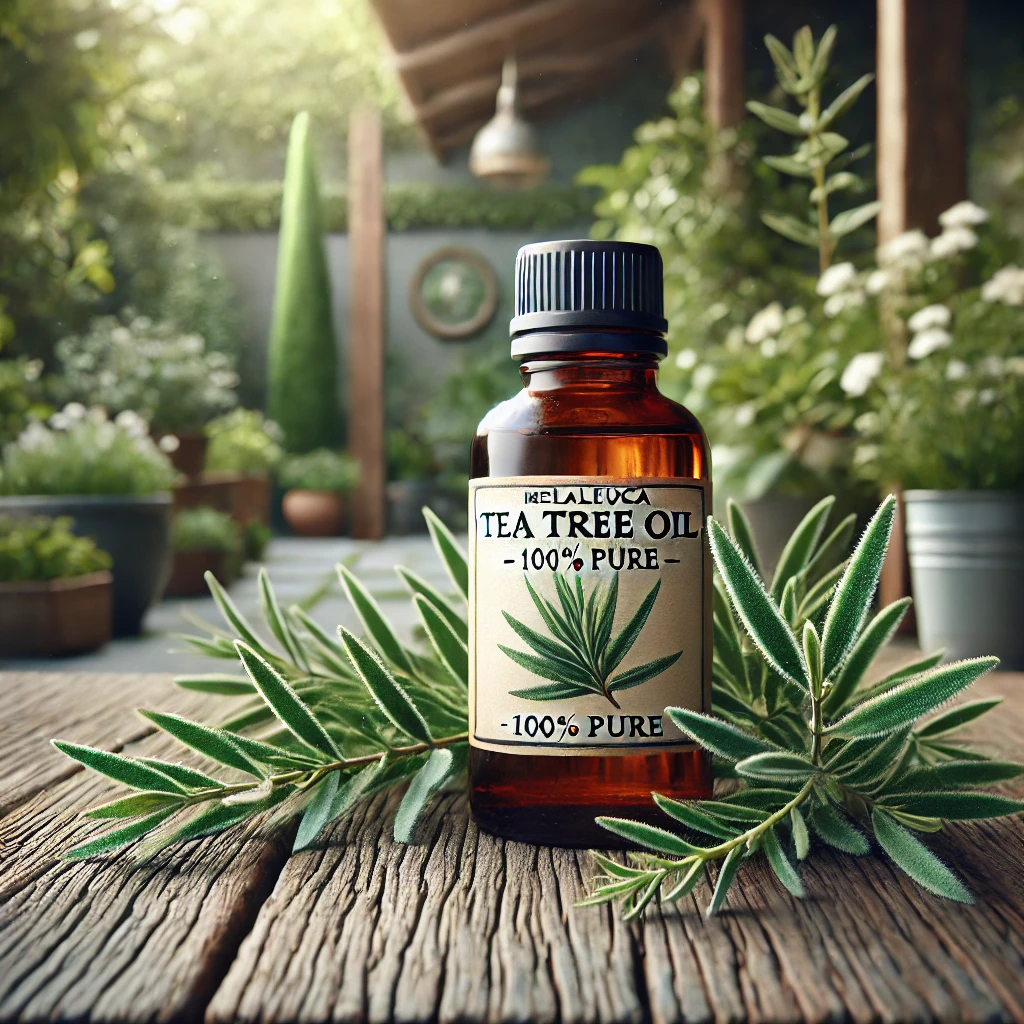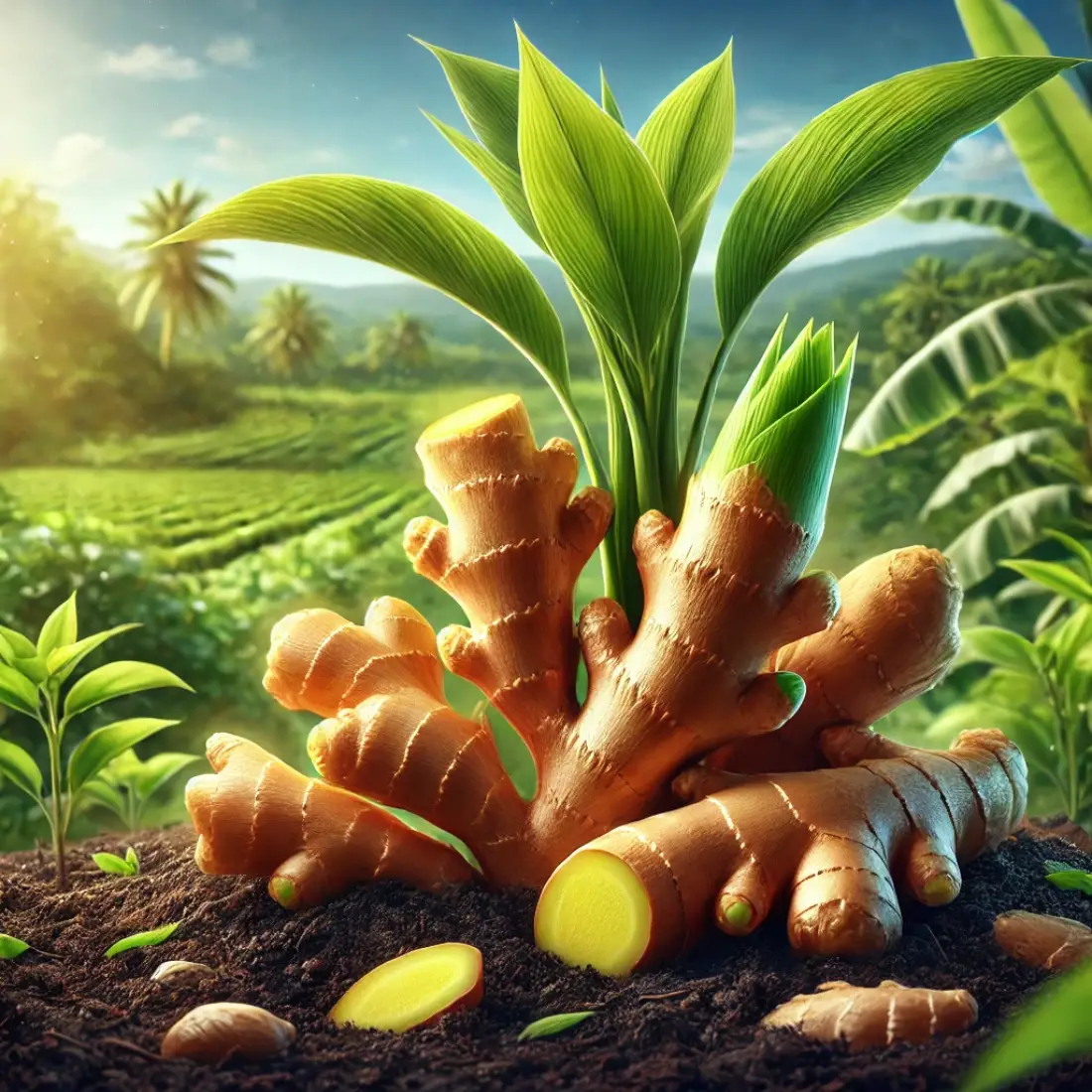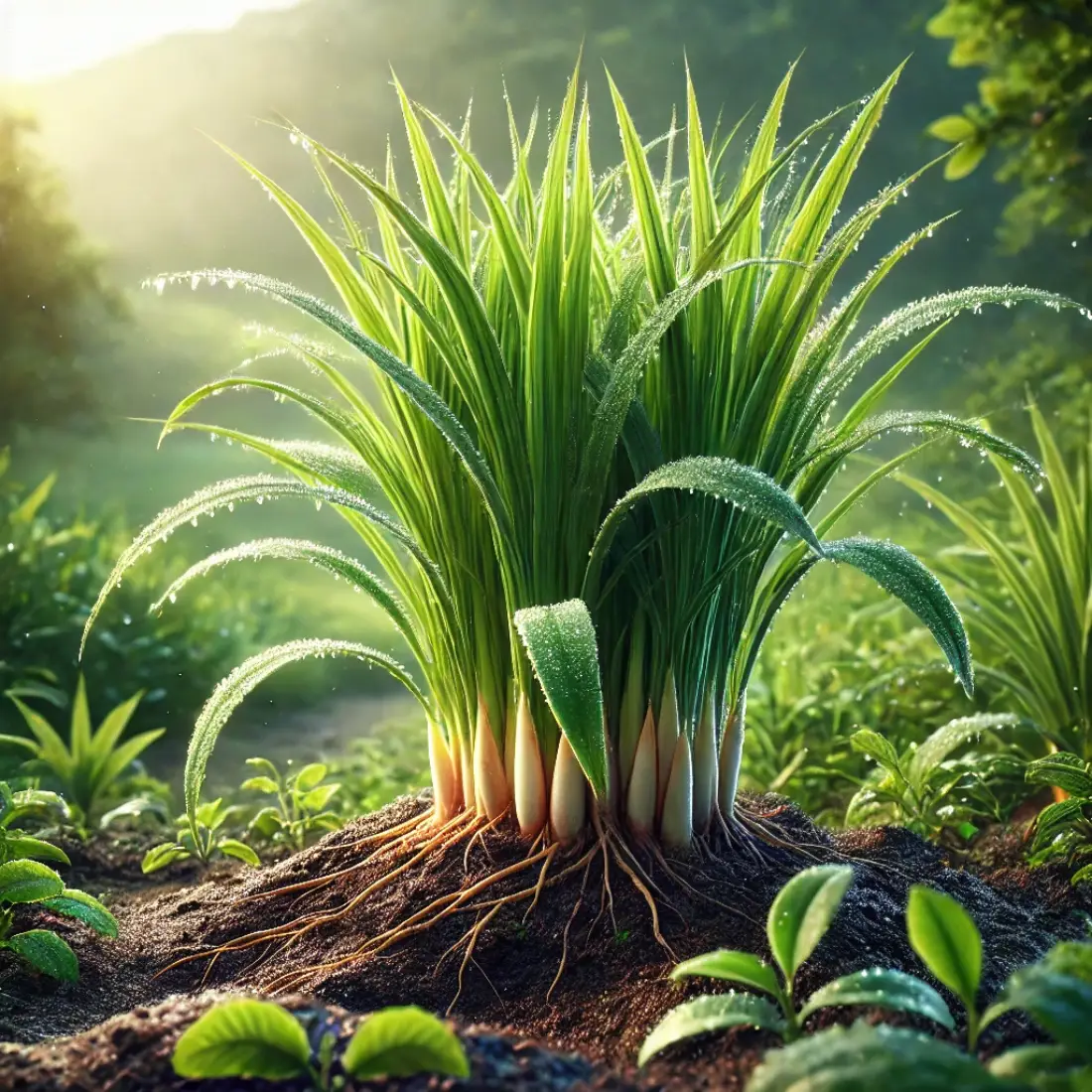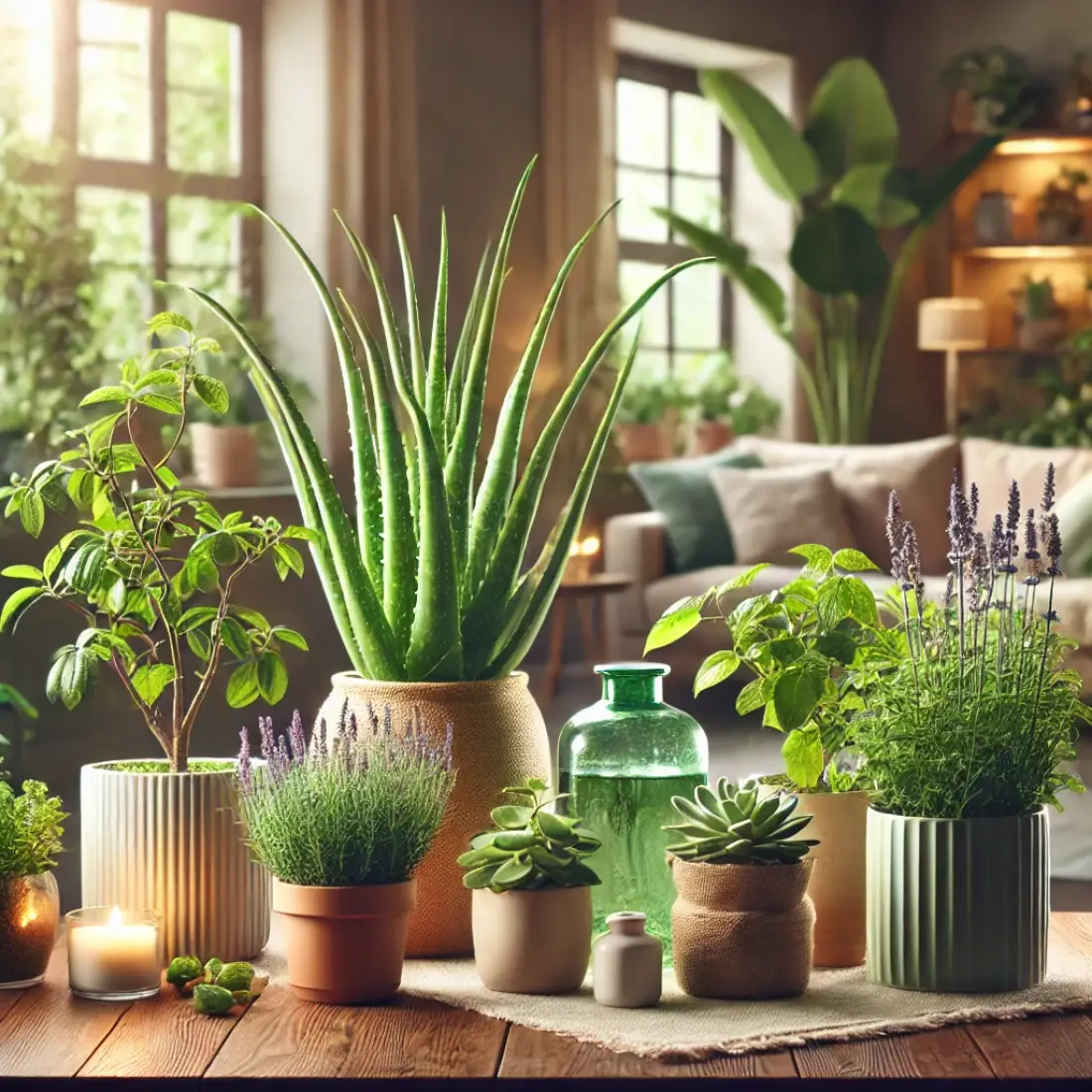Sage, scientifically known as Salvia officinalis, is a perennial, evergreen subshrub with grayish leaves and blue to purplish flowers. It is native to the Mediterranean region but has been naturalized in many parts of the world due to its culinary and medicinal uses.
Sage is a member of the mint family, Lamiaceae, and is well-known for its strong aroma and earthy flavor. It has been used for centuries in cooking and medicine. The plant’s leaves are the most commonly used part, both fresh and dried, and they are prized for their unique taste and health benefits.
Types of Sage
There are several varieties of sage, each with its unique characteristics and uses. Here are some of the most popular types:
- Common Sage (Salvia officinalis): The most widely grown variety, known for its strong flavor and use in culinary dishes.
- Pineapple Sage (Salvia elegans): Known for its sweet, pineapple-like scent and red flowers, often used in teas and as an ornamental plant.
- Clary Sage (Salvia sclarea): Used primarily for its essential oil, which is popular in aromatherapy and perfumery.
Benefits of Growing Sage
Growing sage in your garden offers numerous benefits:
- Culinary Uses: Sage is a staple in many kitchens, used to flavor meats, sauces, and stuffings. Its robust flavor enhances a variety of dishes, making it a versatile herb.
- Medicinal Properties: Sage has been used traditionally to treat a range of ailments, from digestive issues to sore throats. It contains compounds with anti-inflammatory, antioxidant, and antimicrobial properties.
- Aesthetic Appeal: Sage plants are visually appealing, with their silvery-green leaves and beautiful flowers. They can add a touch of beauty to any garden.
- Pollinator Friendly: Sage flowers attract bees, butterflies, and other pollinators, promoting a healthy garden ecosystem.
Optimal Growing Conditions for Sage
Growing sage successfully requires understanding its preferred growing conditions. By providing the right environment, you can ensure your sage plants thrive and produce an abundant harvest.
Choosing the Right Location
- Sunlight: Sage plants thrive in full sun, needing at least 6-8 hours of direct sunlight daily. Choose a location that receives plenty of sunlight to promote healthy growth and maximize flavor.
- Spacing: Sage plants should be spaced 18-24 inches apart to allow for adequate air circulation and growth. Proper spacing helps prevent fungal diseases and ensures each plant has enough room to spread.
Soil Requirements
- Soil Type: Sage prefers well-draining, sandy, or loamy soil. Heavy clay soils can cause root rot and other moisture-related issues.
- Soil pH: The ideal soil pH for sage is between 6.0 and 7.0. Sage can tolerate slightly acidic to neutral soil conditions. Conduct a soil test to determine your soil’s pH and amend it if necessary.
- Soil Preparation: Before planting, enrich the soil with organic matter such as compost or aged manure. This improves soil fertility and drainage, providing a nutrient-rich environment for your sage plants.
Climate and Temperature Preferences
- Temperature Range: Sage grows best in temperatures between 60°F and 70°F (15°C to 21°C). It can tolerate higher temperatures but may require additional watering during hot weather.
- Frost Tolerance: Sage is moderately frost-tolerant and can survive light frosts. However, in regions with harsh winters, it’s advisable to provide some protection, such as mulching around the base of the plant or covering it with a frost cloth.
- Humidity: Sage prefers low to moderate humidity levels. High humidity can promote fungal diseases, so ensure good air circulation around the plants.
Watering Needs
- Watering Frequency: Sage is a drought-tolerant plant and prefers slightly dry conditions. Water the plants deeply but infrequently, allowing the soil to dry out between waterings. Overwatering can lead to root rot and other issues.
- Watering Technique: Water the base of the plant rather than overhead to minimize the risk of fungal diseases. Using a soaker hose or drip irrigation system can help deliver water directly to the roots.
Organic Fertilization Tips for Sage
Proper fertilization is crucial for the healthy growth of sage plants. Organic methods ensure that your plants get the nutrients they need without harmful chemicals.
Organic Fertilization Tips
- Compost: Incorporate well-aged compost into the soil before planting. Compost improves soil structure, increases fertility, and provides essential nutrients.
- Manure: Use aged manure as a soil amendment. It adds nitrogen, phosphorus, and potassium to the soil. Avoid fresh manure, as it can burn plants and introduce weeds.
- Fish Emulsion: Apply fish emulsion, a high-nitrogen fertilizer, every 4-6 weeks during the growing season. Dilute it according to package instructions to avoid over-fertilizing.
- Bone Meal: Add bone meal to the soil to provide a slow-release source of phosphorus, which supports root development and flowering.
- Epsom Salt: Occasionally use Epsom salt, which provides magnesium and sulfur, enhancing plant vigor and leaf production. Mix 1 tablespoon of Epsom salt in a gallon of water and apply once a month.
- Compost Tea: Feed sage plants with compost tea. Brew compost in water for 24-48 hours, then strain and use the liquid to water the plants. This boosts microbial activity in the soil and provides nutrients.
Pruning and Trimming Sage
Regular pruning and trimming are essential for maintaining the health and productivity of sage plants.
Pruning and Trimming Tips
- When to Prune: Prune sage in early spring before new growth begins. Avoid heavy pruning in late fall, as this can stress the plant before winter.
- How to Prune: Remove any dead or damaged leaves and stems. Trim back about one-third of the plant’s height to encourage bushier growth.
- Pinching Tips: Pinch off the tips of the stems regularly during the growing season. This promotes branching and prevents the plant from becoming leggy.
- Flower Removal: Remove flower spikes as they appear, unless you want to collect seeds. Flowering can reduce the leaf yield and overall plant vigor.
Mulching and Weed Control for Sage
Mulching and weed control are vital for maintaining a healthy sage garden.
Mulching Tips
- Types of Mulch: Use organic mulches like straw, wood chips, or shredded leaves. These materials decompose over time, adding nutrients to the soil.
- Application: Apply a 2-3 inch layer of mulch around the base of the plants, keeping it a few inches away from the stems to prevent rot.
- Benefits: Mulching helps retain soil moisture, regulate soil temperature, and suppress weed growth. It also improves soil structure as it breaks down.
Weed Control Tips
- Hand Weeding: Regularly remove weeds by hand to prevent them from competing with your sage plants for nutrients and water. Hand weeding is effective and safe for the environment.
- Hoeing: Use a hoe to remove weeds from larger areas. Be careful not to disturb the sage plants’ roots.
- Mulching for Weed Control: A thick layer of mulch effectively suppresses weed growth by blocking sunlight and creating a physical barrier.
- Companion Planting: Plant low-growing ground covers or other companion plants to reduce weed growth around sage plants.
Common Pests and Diseases
Growing sage can sometimes be challenging due to pests and diseases. Here’s how to identify, prevent, and treat common issues.
Aphids are small, soft-bodied insects that cause yellowing leaves and sticky honeydew. Control them by spraying the plant with water or using insecticidal soap or neem oil.
Spider mites cause yellow speckling and webbing on leaves. Increase humidity, spray with water, and use neem oil to manage them.
Whiteflies are small white insects that produce sticky honeydew. Use yellow sticky traps and insecticidal soap to control them. Thrips create silvery streaks and stunted growth. Remove affected parts and use insecticidal soap to manage thrips.
Powdery mildew appears as white, powdery growth on leaves. Improve air circulation and use fungicidal sprays to control it.
Root rot causes wilting, yellow leaves, and mushy roots. Ensure the soil is well-draining and avoid overwatering. Rust presents as orange or brown pustules on leaves. Remove infected leaves and improve air circulation to manage rust.
Leaf spot causes brown or yellow spots on leaves. Remove infected leaves and avoid overhead watering to control it.
Troubleshooting Common Issues
Growing sage can sometimes present challenges. Here are solutions to common problems to keep your sage plants healthy and thriving.
- Yellowing Leaves: Yellowing leaves often indicate overwatering or poor drainage. Sage prefers slightly dry conditions, so ensure the soil drains well and water only when the top inch of soil is dry. If the soil is heavy, consider adding sand or perlite to improve drainage.
- Stunted Growth: Stunted growth can be caused by nutrient deficiencies, particularly nitrogen. Ensure your sage receives enough nutrients by enriching the soil with compost or using organic fertilizers like fish emulsion. Also, check that your sage is getting enough sunlight, as inadequate light can also hinder growth.
- Wilting and Drooping: Wilting and drooping can be symptoms of underwatering or root rot. If the soil is dry, water the plant deeply and consistently. If the soil is waterlogged, root rot might be the issue. Improve soil drainage and reduce watering frequency to prevent further damage. In severe cases, you may need to transplant the sage to a better-draining location.
- Leggy Growth: Leggy growth occurs when sage stretches for light, often due to insufficient sunlight. Ensure your sage receives at least 6-8 hours of direct sunlight daily. Pruning regularly can also help promote bushier growth.
For organic pest control, introduce beneficial insects like ladybugs, lacewings, and predatory mites. Neem oil is effective against many pests and diseases. Insecticidal soap works well for soft-bodied insects like aphids and whiteflies. Garlic spray, made by blending garlic cloves with water and a small amount of dish soap, acts as a natural repellent for pests.
Harvesting and Storing Sage
Harvesting and storing sage properly ensures you get the most flavor and benefits from this versatile herb.
When to Harvest Sage
The best time to harvest sage is just before the plant starts to flower. This is when the leaves are most flavorful and aromatic. Sage can be harvested throughout the growing season, but the optimal time is in the morning after the dew has dried but before the sun is too hot. This helps preserve the essential oils in the leaves.
How to Harvest Sage
Use sharp scissors or pruning shears to cut the stems. Harvest sage by cutting no more than one-third of the plant at a time. This allows the plant to continue growing and producing more leaves. Focus on the larger, mature leaves, as they have the most concentrated flavor. Always leave enough foliage on the plant so it can recover and continue to thrive.
Proper Storage Techniques
Fresh Sage:
- Short-term Storage: Place fresh sage stems in a glass of water and keep it on your kitchen counter, much like you would with cut flowers. For longer storage, wrap the stems in a damp paper towel and place them in a plastic bag in the refrigerator. Fresh sage will keep for up to a week this way.
Drying Sage:
- Air Drying: Bundle several stems together with a rubber band and hang them upside down in a warm, dry, and well-ventilated area away from direct sunlight. It typically takes about 1-2 weeks for sage to dry completely.
- Oven Drying: Spread sage leaves on a baking sheet and place them in an oven set to the lowest temperature. Leave the oven door slightly open to allow moisture to escape. Check frequently until the leaves are dry, which usually takes a few hours.
Storing Dried Sage:
- Once dried, remove the leaves from the stems and store them in an airtight container. Keep the container in a cool, dark place to preserve the flavor. Properly dried and stored sage can last for up to a year.
FAQs about Sage
How much sun does sage need?
Sage needs at least 6-8 hours of direct sunlight daily. Full sun is essential for the plant’s growth and flavor development.
Can sage grow indoors?
Yes, sage can grow indoors if it receives enough light. Place it near a south-facing window or use a grow light to ensure it gets sufficient sunlight.
How often should I water sage?
Water sage when the top inch of soil is dry. Sage prefers slightly dry conditions, so avoid overwatering to prevent root rot.
Is sage a perennial plant?
Yes, common sage (Salvia officinalis) is a perennial plant in most climates. It can survive for several years with proper care.
What should I do if my sage plant is not growing?
Ensure the plant is getting enough sunlight, has well-draining soil, and is not overwatered. Check for pests and diseases and consider adding organic fertilizer to boost growth.
How do I prune sage?
Prune sage in early spring and during the growing season. Remove dead or damaged leaves and stems, and trim back about one-third of the plant to encourage bushier growth.
Can I harvest sage after it flowers?
Yes, but the leaves may be less flavorful. It’s best to harvest sage before it flowers to ensure maximum flavor.
How do I store fresh sage?
Store fresh sage by placing the stems in a glass of water on the kitchen counter or wrapping them in a damp paper towel and placing them in a plastic bag in the refrigerator.
Can sage survive winter?
Sage can survive mild winters, but in regions with harsh winters, it’s best to mulch around the base of the plant or bring potted sage indoors.
What is the best way to dry sage?
Air drying is the best method. Bundle several stems together and hang them upside down in a warm, dry, and well-ventilated area. You can also use an oven set to the lowest temperature.

